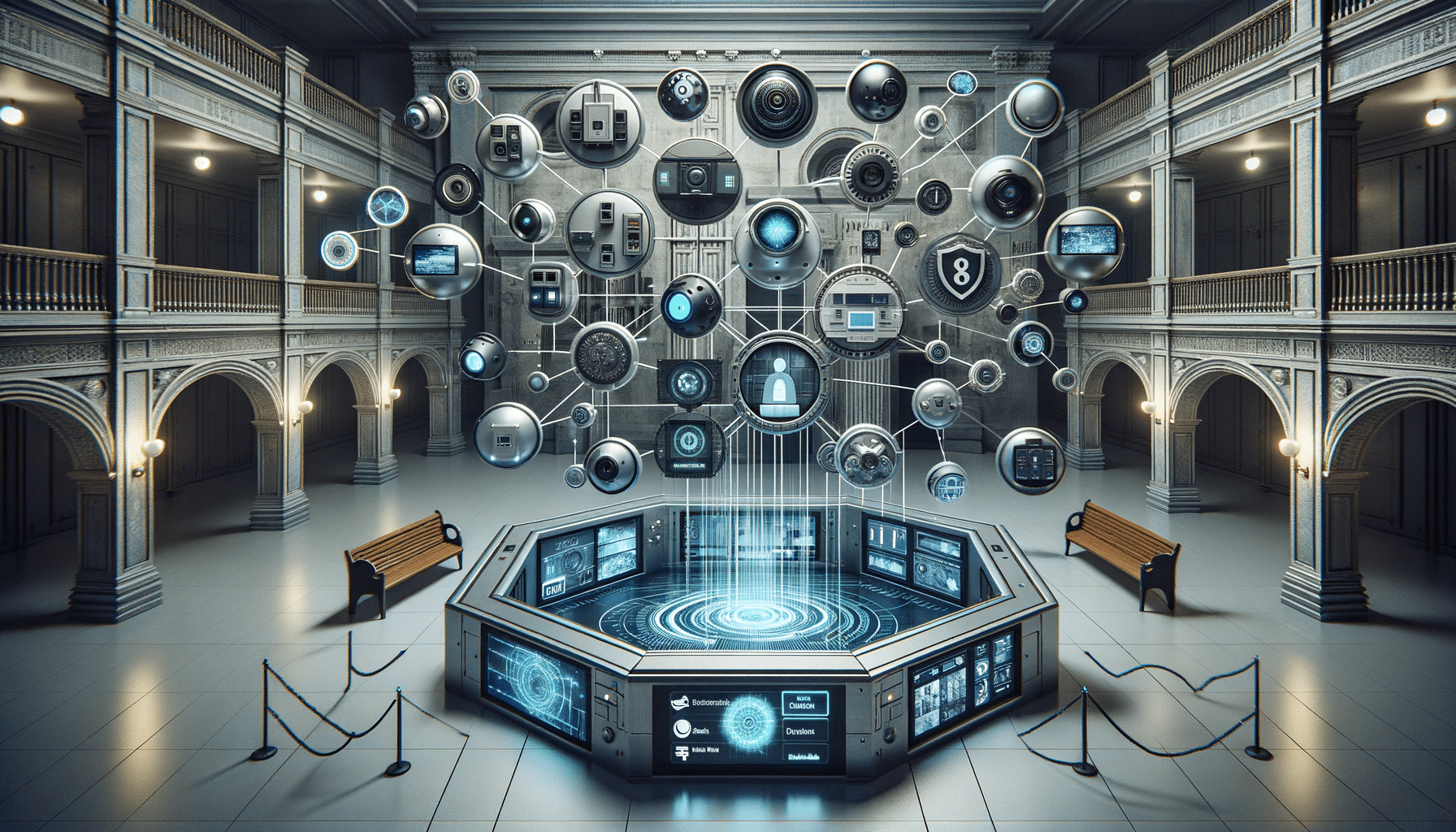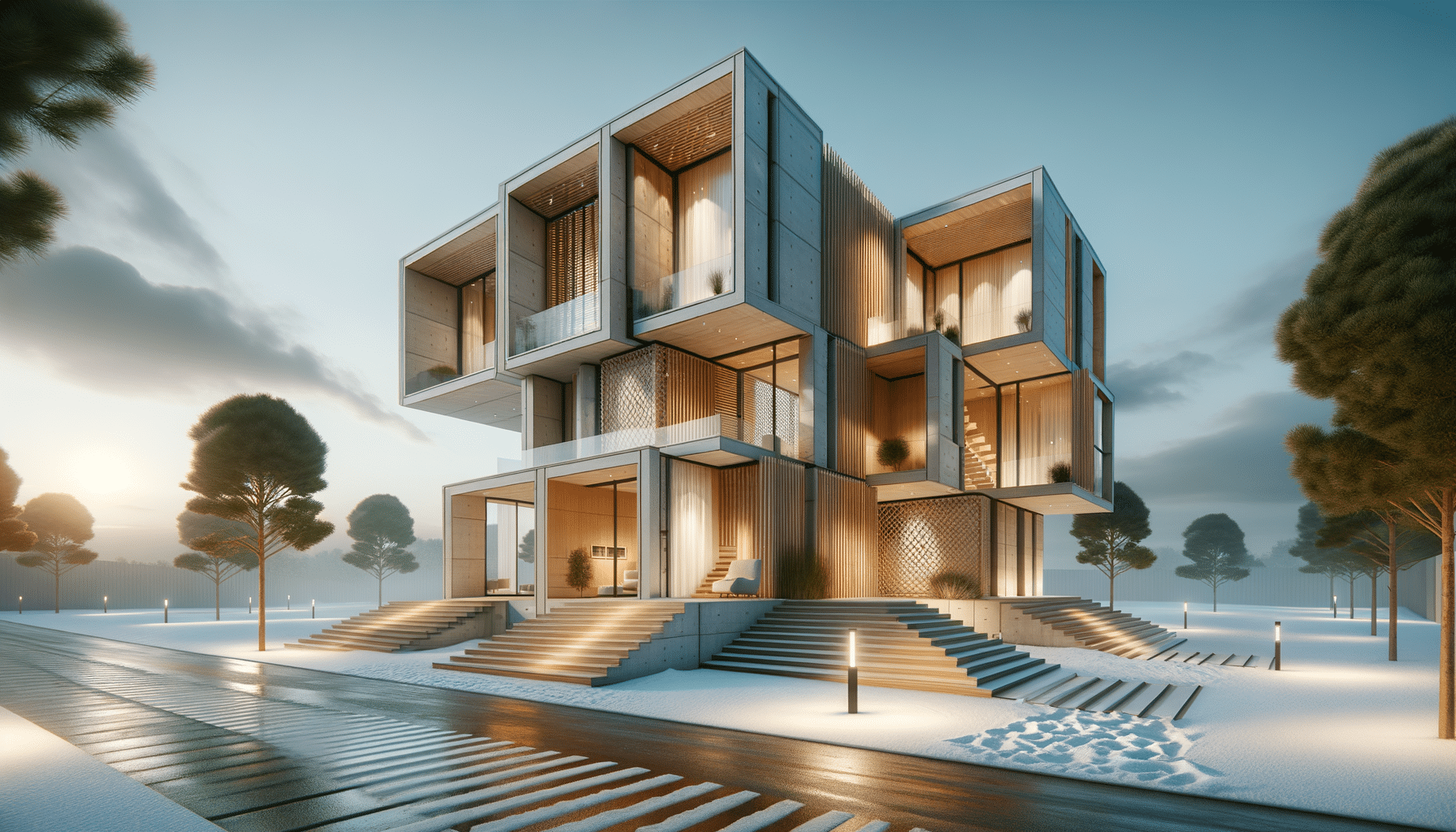
Advanced Security Solutions for Protecting Your Assets
Introduction to Security & Surveillance Cameras
In today’s world, security and surveillance cameras have become essential in safeguarding both residential and commercial properties. With advancements in technology, these cameras offer a range of features that provide peace of mind to property owners. The importance of security cameras cannot be overstated, as they deter crime, provide evidence in case of incidents, and offer real-time monitoring capabilities. This article explores the various aspects of security cameras, highlighting their significance in modern security systems.
Types of Security Cameras
Security cameras come in various types, each designed to meet specific needs and environments. Some common types include:
- Bullet Cameras: Known for their long, cylindrical shape, bullet cameras are ideal for outdoor use, offering a fixed view of specific areas.
- Dome Cameras: These are often used indoors and are designed to be unobtrusive, with a dome shape that makes it difficult to determine the camera’s direction.
- PTZ Cameras: PTZ (Pan-Tilt-Zoom) cameras offer flexibility with their ability to move and zoom, making them suitable for large areas requiring detailed surveillance.
- Infrared Cameras: Equipped with infrared LEDs, these cameras capture clear images in low-light or complete darkness, making them perfect for nighttime surveillance.
Each type of camera has its unique advantages, and choosing the right one depends on the specific security needs and the environment where it will be installed.
Key Features and Benefits
Modern security cameras boast a variety of features that enhance their effectiveness and usability. Some of the key features include:
- High-Resolution Imaging: Provides clear and detailed footage, crucial for identifying individuals and details in surveillance videos.
- Remote Access: Allows users to monitor live feeds and recorded footage from anywhere via smartphones or computers.
- Motion Detection: Triggers alerts and recordings only when movement is detected, conserving storage and highlighting important events.
- Two-Way Audio: Enables communication through the camera, useful for interacting with visitors or deterring intruders.
These features not only improve security but also offer convenience and flexibility, making security cameras a vital component of any security system.
Installation and Maintenance Considerations
Proper installation and maintenance are critical to ensuring the effectiveness of security cameras. When installing cameras, consider the following:
- Placement: Position cameras at strategic locations to cover vulnerable areas such as entrances, exits, and blind spots.
- Wiring: Ensure cables are properly concealed and protected from weather and tampering.
- Power Supply: Choose between wired and wireless systems based on power availability and aesthetic preferences.
Regular maintenance is also essential to keep the system functioning optimally. This includes cleaning lenses, checking connections, and updating software. Proper care ensures longevity and reliability of the security system.
Future Trends in Security Surveillance
The future of security cameras is promising, with advancements in technology paving the way for more sophisticated systems. Some emerging trends include:
- AI and Machine Learning: These technologies enhance camera capabilities by enabling features such as facial recognition and behavior analysis.
- Cloud Storage: Offers scalable and secure storage solutions, allowing for easier access and management of footage.
- Integration with Smart Home Devices: Security cameras are increasingly being integrated with smart home ecosystems, providing seamless control and automation.
These trends indicate a shift towards more intelligent and interconnected security solutions, enhancing the overall safety and efficiency of surveillance systems.


